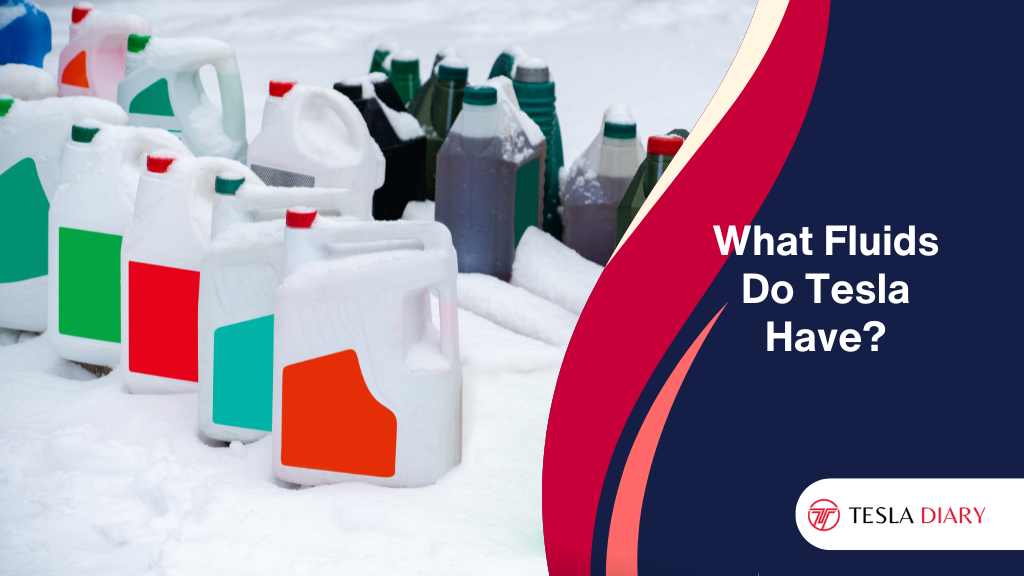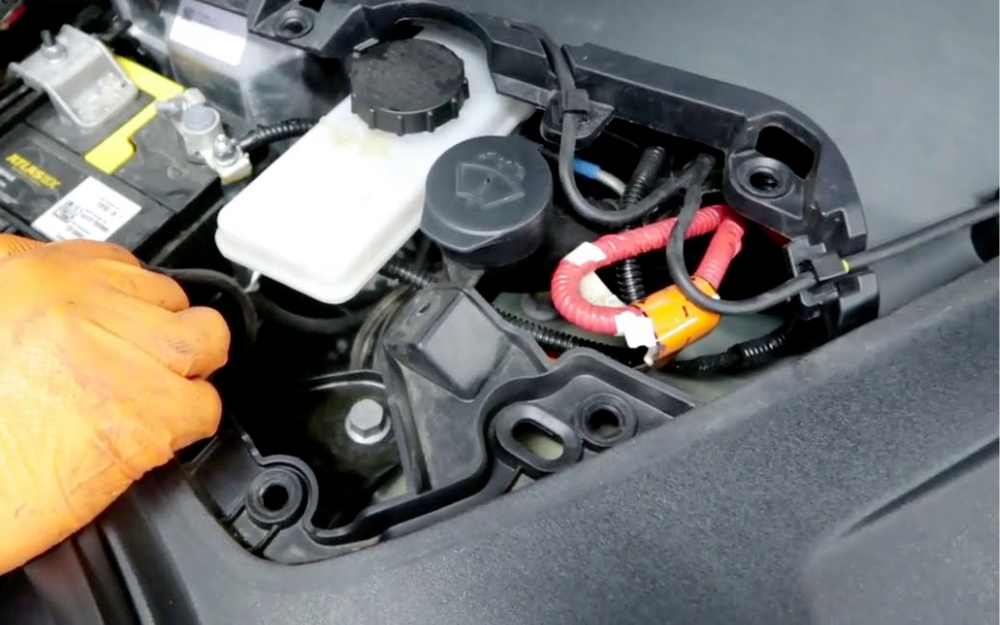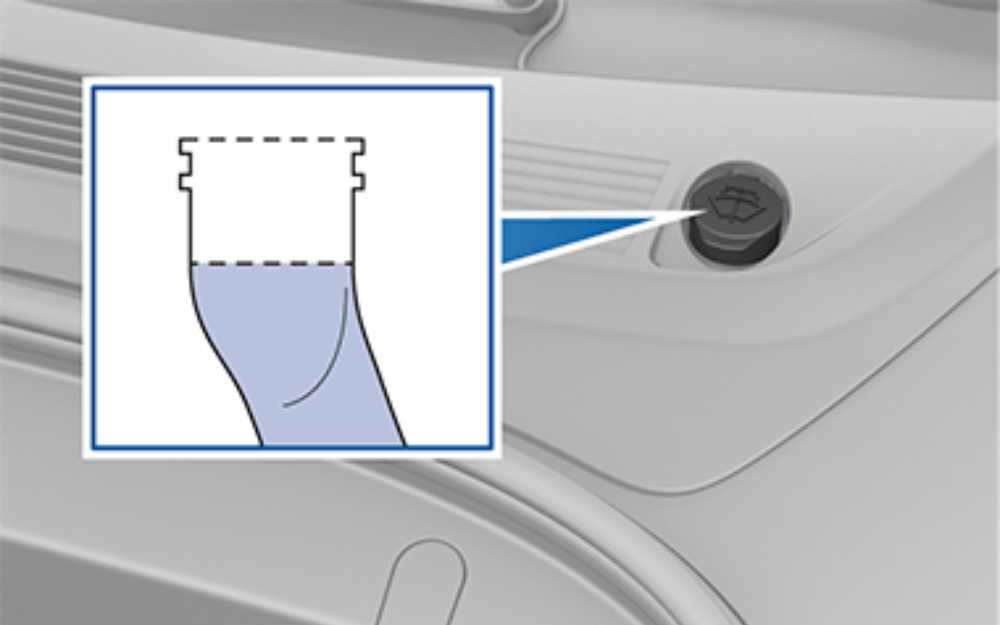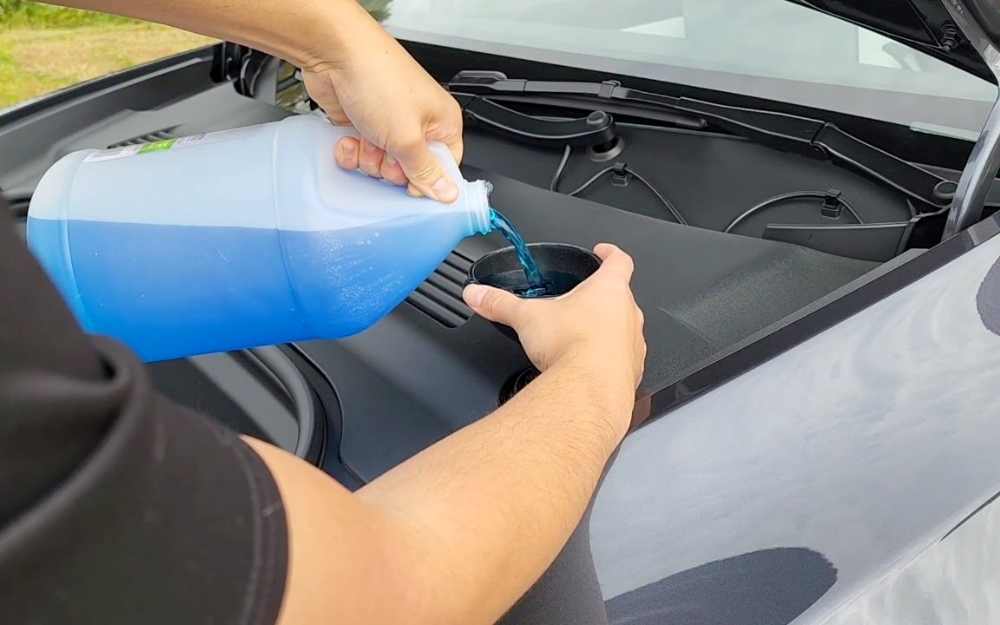When it comes to electric vehicles (EVs), Tesla is a household name. Known for its innovative technology and sleek designs, Tesla has revolutionized the automotive industry.
One aspect that sets Tesla apart from traditional gasoline-powered vehicles is its reduced reliance on fluids.
In this article, we will explore the various fluids that a Tesla electric car uses and why they are essential for its optimal performance.

1. Battery Coolant
One critical fluid in a Tesla is the battery coolant. Tesla’s battery packs generate heat during charging and discharging, and maintaining the ideal temperature is essential for their longevity and efficiency.
The battery coolant circulates through a cooling system to regulate the battery’s temperature, preventing it from overheating or freezing, which could harm the battery cells.
The battery coolant is a specially formulated mixture that includes water and glycol, similar to the coolant used in internal combustion engine vehicles.
However, it serves a different purpose in a Tesla, primarily focusing on managing the battery’s thermal conditions.
Tesla recommends not replacing battery coolant in the entirety of your Tesla ownership unless needed and recommended by Tesla technician.
2. Brake Fluid
Brake fluid is another essential fluid in any vehicle, including Teslas. While Tesla electric cars primarily rely on regenerative braking to slow down and recapture energy, traditional friction brakes are still present as a backup system for safety and emergencies.

These friction brakes use hydraulic systems that require brake fluid to function effectively.
The brake fluid health in a Tesla should be checked every 4 years or 50,000 miles to ensure the braking system’s reliability and safety. Replace brake fluid only if health check finds out that it is necessary.
How Much Does it Cost to Replace Brake Fluid in Tesla?
Brake fluid replacement in Tesla usually costs around $100 – $250 depending on which fluid you choose and where you have it changed. If you can flush the fluid yourself, it could cost you way less than replacing the fluid by professionals.
3. Windshield Washer Fluid
Just like any other car, Teslas are equipped with windshield washer fluid reservoirs. These reservoirs contain a mixture of water and washer fluid, which is used to clean the windshield and maintain visibility while driving.
While this fluid does not directly impact the electric propulsion system, it is essential for the safety and comfort of the driver.

You should top up the windshield wiper fluid when the low-level wiper fluid warning is shown on the touchscreen. To refill-
- Open the front trunk of the Tesla.
- Find the windshield wiper fluid filler cap and clean the area surrounding it. Make sure to dust is remaining there.
- Open the cap of the reservoir.
- Fill the reservoir using a funnel and shut the cap.

The reservoir has a capacity of 3.2 liters but you may not need to fill 3.2 liters as there might be some leftovers from the previous refill.
4. Coolant for HVAC System
Tesla electric vehicles come equipped with advanced heating, ventilation, and air conditioning (HVAC) systems to keep the cabin comfortable in various weather conditions.
The HVAC system uses its own refrigerant to regulate the temperature inside the car. This coolant, unlike other fluids, doesn’t require periodic replacement.
Unless there is a leak in the system, you might not need to replace the HVAC fluid in the entirety of your Tesla ownership.
However, if there is a leak, you will need to fix the leak and refill the refrigerant to have things back to working normally.
Maintaining the HVAC system’s coolant is necessary to prevent issues like insufficient heating or cooling, which can affect the overall driving experience in extreme weather conditions.
Does Tesla Have Power Steering Fluid?
Unlike traditional gasoline-powered vehicles, Tesla electric cars do not have a hydraulic power steering system. Instead, they feature electric power steering (EPS), which relies on an electric motor to assist with steering. This means there is no power steering fluid in a Tesla, as there are no hydraulic components.
The EPS system in a Tesla provides precise control and can adjust the level of assistance based on driving conditions, making steering smoother and more efficient.
Does Tesla Have Transmission Fluid?
One of the significant differences between Teslas and traditional vehicles is the absence of a traditional transmission. Traditional vehicles use transmissions to switch between different gears and transfer power from the engine to the wheels. In contrast, Teslas use a single-speed transmission or direct drive system that requires no transmission fluid.
The direct drive system simplifies the powertrain and contributes to the smooth and efficient acceleration that Teslas are known for.
Does Tesla Have Differential Fluid?
Tesla cars do not have differential fluid in the conventional sense. However, they still have oil in the gearbox for smooth functioning.
In a conventional car, a differential is responsible for splitting power between the two wheels on an axle, allowing them to rotate at different speeds when necessary, such as during a turn.
However, Tesla electric vehicles often employ an open differential design in their rear-wheel-drive models and a motor-based torque-vectoring system in their dual-motor all-wheel-drive models.
In an open differential system, there is no differential fluid required. In the dual-motor all-wheel-drive models, the distribution of power between the front and rear axles is electronically controlled and does not involve differential fluid.
Conclusion
Tesla’s electric vehicles represent a significant departure from traditional gasoline-powered cars, not only in their propulsion but also in the fluids they use.
While Teslas still require some fluids, such as brake fluid, windshield washer fluid, and various coolants, they lack many of the fluids found in conventional vehicles, such as engine oil, transmission fluid, and power steering fluid.
Understanding the fluids in a Tesla is essential for owners and enthusiasts alike, as it highlights the differences in maintenance requirements and showcases the innovation that electric vehicles bring to the automotive industry.
As Tesla continues to push the boundaries of electric vehicle technology, their reliance on traditional fluids will likely continue to decrease, further emphasizing the sustainability and efficiency of electric transportation.

